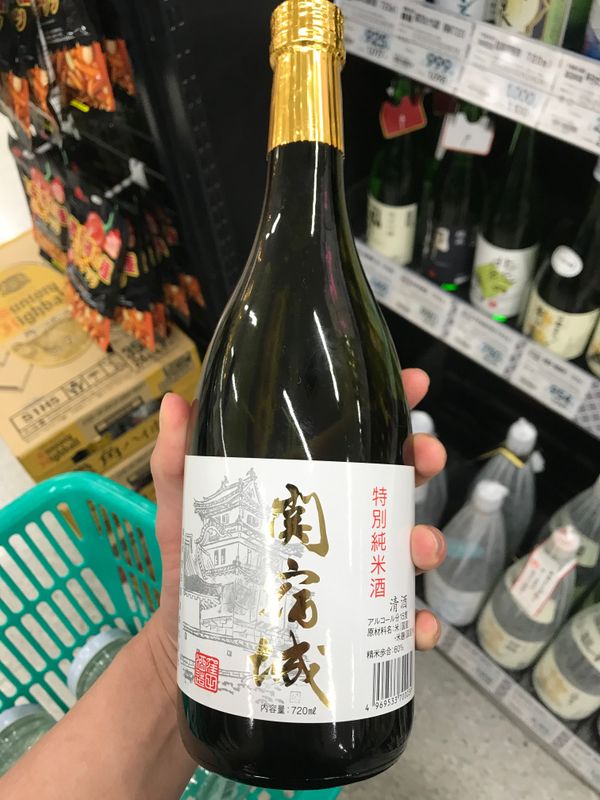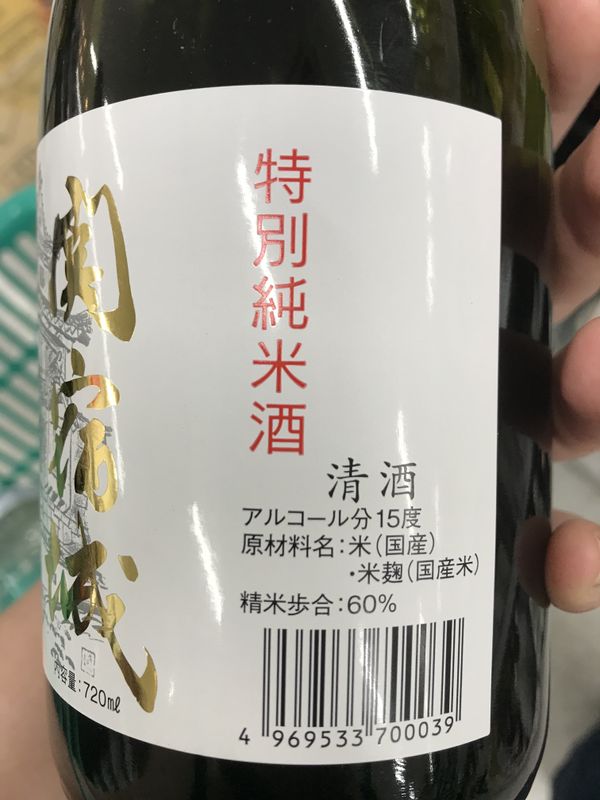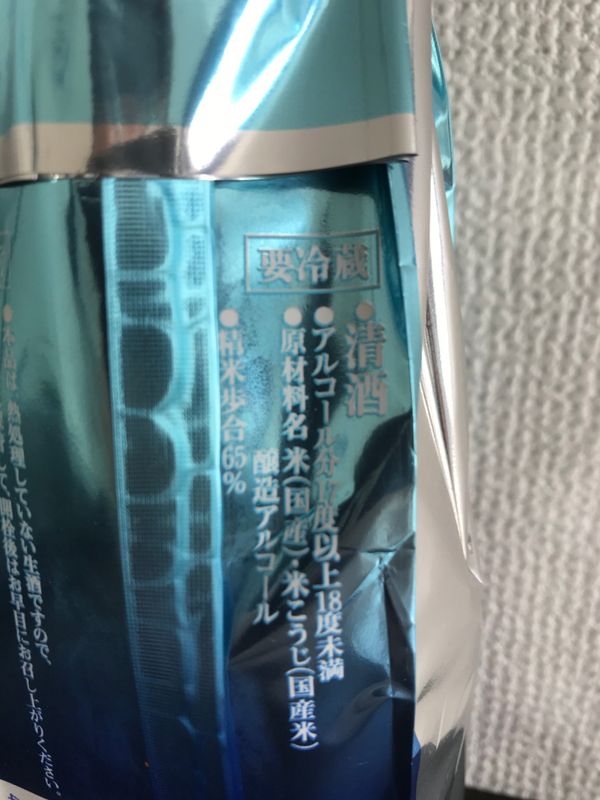Apr 21, 2020
How to select Sake (Nihonshu 日本酒) in Japan
If you wouldn’t call yourself an expert on sake or can’t read kanji fluently, don’t worry! You will still be able to get some good information from a bottles’ label, just by knowing what all those numbers mean.
The Rice Polishing Rate
Also called Semai-Buai 精米歩合, is the percentage of how much of each rice grain remains after it has been milled before fermentation. This number is the strongest indicator for knowing what the sake will taste like. A higher number means that more of the rice grain remains and it will have more robust characteristics of brown rice. It also means it has a lower grade (which is unrelated to the quality of the sake as I will explain later). A lower Semai-Buai means that less of the rice grain remains after milling. Hence, the sake will have more delicate flavors, as well as a higher grade.
So what do those grades mean?

Grades
Daiginjou 大吟醸 is the highest grade with a polishing rate of 50% or lower (so only half or less of the original rice grain remains after milling) and has delicate floral flavors. This grade is usually best served chilled and paired with lighter food like sashimi.
Ginjou 吟醸 is the middle grade, has a polishing rate of 50-60% and offers more tropical fruity aromas like banana, pineapple or melon. This one is also usually best served chilled and goes well with most dishes that you would otherwise pair with a white wine.
Junmai 純米 and Honjouzou 本醸造 are the lowest grades and have rice polishing rates of 60% or higher. The flavor will be more robust with nutty and honey aromas, which is why they can go with many different dishes and can usually also be served at room temperature or warmer. Junmai means ‘pure rice’ and also refers to the category of sake that has no brewers alcohol added to it. Honjouzous do have some brewers alcohol added to them to lift certain aromas, resulting in a more flavorsome and lighter bodied end product.
Even though Daiginjous tent to be more expensive than the other grades, it is important to understand that higher grades are not ‘better’ than lower grades. They are just different and which one is ‘better’ depends on personal taste and preference.
Sake Metre Value
SMV 日本酒度 refers to the specific gravity of the product and can lie between -2 and +10, with most sakes being at +4. The specific gravity measures the sugar content of a liquid and the lower the number, the higher the sugar content. However, you need to keep in mind that many different factors, like acidity for example, affect taste. That means a sake with a high sugar content doesn’t necessarily have do taste sweet if it is also high in acidity.
Alcohol Content アルコール分
The alcohol content is usually around 15-16% ABV (alcohol by volume). Since sake is commonly fermented up to 20% ABV and then diluted with water to bring out certain aromas, the alcohol content might also be higher in some cases.

Amino-Sando アミノ酸度
The amino-acid level is an indicator of the beverages’ umami and can lie between 0.7 and 1.4. A higher number means the sake will be more full bodied and a lower number indicates a rather watery beverage.
Knowing about these few indicators will surely help you finding the right sake for your palate. Have fun exploring!
Reference: 'Demystifying Sakè' by Wayne M Shennen



0 Comments